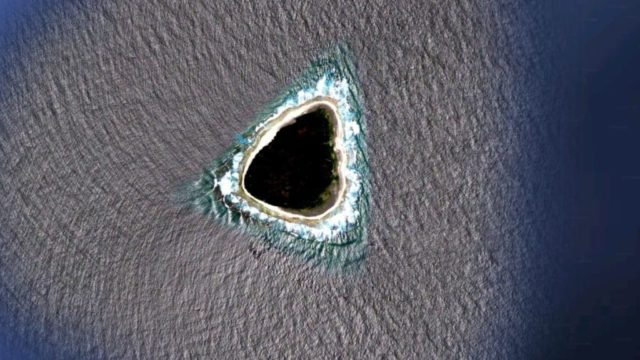It was already known, during evolution, that modern humans (Homo sapiens) with other species of human ancestors. No wonder, it is estimated that 2% of the genetic makeup of the non-African population derives from Neanderthals and individuals from Southeast Asia and Oceania share up to 5% of their genome with Denisovans.
Similarly, scientists had evidence that some Neanderthals and Denisovans intermarried at some point in history, but the circumstances of those encounters were unknown—at least not yet. A poll published August 10 in the journal Sciences He suggests that changes on the planet may have led to different species of humans occupying the same areas simultaneously.
Since 2018, when it was announced that a person identified as the son of a Denisovan father and a Neanderthal mother had been discovered in Denisova Cave in Russian territory, scientists have been studying human interbreeding. Denny, as the fossil record has become known, dates back 90,000 years and represents the first generation of Neanderthal and Denisovan crosses. Five years later, experts identified 795 artifacts in the cave, 22 of which were Denisovans and 773 Neanderthals in origin.
To analyze cases of hybridization, researchers usually use ancient analyzes on the few fossils available. In this case, however, the responsible team adopted a different approach, using simulations produced by supercomputers that are fed confirmed paleontological, anthropological, and genetic data about the species.
Denisovans were better adapted to cold environments, and thus they occupied boreal forests and tundra. While Neanderthals preferred to live in temperate forests and grasslands. “This means that their habitats were geographically separate, with Neanderthals typically preferring southwestern Eurasia and Denisovans in the northeast,” explains Jiaoyang Ruan, lead author of the study. in the note.
However, simulations have indicated that in warm glacial periods, human habitats can experience geographic overlap. When the Earth’s orbit around the Sun was more elliptical and the northern hemisphere’s summer was closer to the Sun, temperatures increased and changes in carbon dioxide (CO2) levels caused changes in vegetation.
According to experts, these conditions would be enough to stimulate the migration of Neanderthals, leaving the temperate forests towards the territory of the Denisovans. “When Neanderthals and Denisovans shared a common habitat, there were more encounters and interactions between the groups, which increased the chance of interbreeding,” notes co-author Axel Timmermann.
Contact points
To better determine the climatic factors for the swing of the east-west crossing, scientists took a closer look at how vegetation patterns have changed across Eurasia over the past 400,000 years. Thus, it was found that high concentrations of carbon dioxide in the atmosphere and mild glacial conditions had created dispersal corridors for Neanderthals in Denisovan lands.
“It is as if the glacial-interglacial changes in climate created the scenario for a unique and enduring human love story, the genetic traces of which are still visible today,” Rowan says. Among the ‘contact points’ of the two species, the regions of Central Eurasia, the Caucasus, and the Tianshan and Changbai Mountains in China have been identified.
The hypothesis not only positions Denny as a consequence of a climatic context, but also serves as an explanation for six other episodes of interbreeding between these species. Five specimens have been found in south-central Siberia and date back to the Pleistocene, between 80,000 and 130,000 years ago. The sixth is probably a little older and was found in Eastern Europe.

“Hardcore beer fanatic. Falls down a lot. Professional coffee fan. Music ninja.”





:strip_icc()/i.s3.glbimg.com/v1/AUTH_fde5cd494fb04473a83fa5fd57ad4542/internal_photos/bs/2023/3/G/3gwvedSvSUKaUsKmGkSg/800px-izvestnaia-na-ves-mir-denisova-peshchera.-01.jpg)
More Stories
Alien megastructures could be hidden in our galaxy
The Mais Ciência project initiates the creation of the Municipal Plan for Early Childhood – Campos 24 Horas
How to drink hibiscus tea to lose weight? See tips and recipe